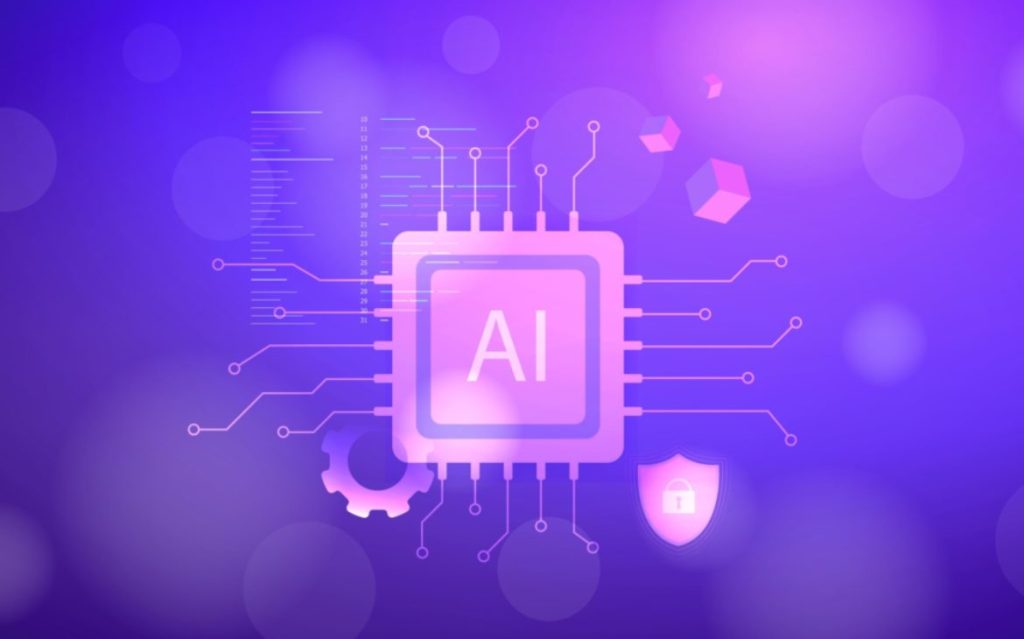Artificial Intelligence (AI) has become a dominant force in the world of technology, transforming industries and introducing innovative solutions. As AI continues to advance, it’s crucial for developers and aspiring technologists to understand which programming languages are best suited for AI development. In this article, we will explore popular coding languages used for AI, their strengths, and why they are preferred in the field.
Python
Python is arguably the most popular programming language for AI development. Its simplicity and readability make it an excellent choice for beginners and experts alike. Python’s extensive ecosystem of libraries and frameworks, including TensorFlow, PyTorch, Keras, and scikit-learn, make it a powerful tool for AI, machine learning (ML), and deep learning projects.
Strengths:
Readability and ease of use: Python’s syntax is simple and intuitive, making it easier to write and maintain code.
Extensive library support: Python has a vast array of libraries and frameworks designed specifically for AI and ML.
Large community: Python boasts a large and active community that contributes to its development, shares resources, and offers support.
R
R is a powerful programming language and environment for statistical computing and graphics. It is widely used for data analysis, making it a popular choice for AI and ML projects that require data manipulation, exploration, and visualization.
Strengths:
Statistical analysis: R excels in statistical modeling, hypothesis testing, and data mining.
Data visualization: R has excellent data visualization capabilities, making it easy to create interactive graphs and charts to better understand data.
Large package ecosystem: R offers a vast collection of packages for various AI and ML tasks.
Java
Java is a versatile, platform-independent, and object-oriented programming language that is widely used in various industries, including AI development. Its strong typing, portability, and scalability make it a popular choice for large-scale AI projects and enterprise applications.
Strengths:
Platform independence: Java’s “write once, run anywhere” approach allows developers to create AI applications that can run on any platform.
Robustness and security: Java’s strong typing and memory management capabilities ensure robustness and security in AI applications.
Multithreading: Java’s built-in support for multithreading makes it suitable for building AI applications that require concurrent processing.
C++
C++ is a high-performance programming language that offers fine-grained control over computer resources. Its speed and efficiency make it a popular choice for AI projects that require intensive computations, such as computer vision, robotics, and natural language processing (NLP).
Strengths:
High performance: C++ is known for its speed and efficiency, making it ideal for resource-intensive AI applications.
Fine-grained control: C++ allows developers to manage computer resources at a low level, enabling optimization of AI algorithms.
Interoperability: C++ can easily interface with other programming languages, making it suitable for projects that require integration with existing systems.
Lisp
Lisp is one of the oldest programming languages, and it has a long history in AI research and development. Its unique features, such as symbolic expression, code-as-data, and dynamic typing, make it well-suited for AI applications, particularly in areas like expert systems and symbolic computing.
Strengths:
Symbolic expression: Lisp’s support for symbolic expressions enables easy manipulation of complex data structures, a critical aspect of AI development.
Code-as-data: Lisp allows code to be treated as data and vice versa, enabling powerful metaprogramming capabilities.
Dynamic typing: Lisp’s dynamic typing allows for rapid prototyping and adaptation in AI development.
Prolog
Prolog is a logic-based programming language specifically designed for symbolic reasoning and manipulation, making it an excellent choice for AI projects involving knowledge representation, rule-based systems, and natural language processing. Its declarative nature allows developers to focus on describing the problem rather than implementing the solution, resulting in a higher level of abstraction and flexibility.
Strengths:
Declarative programming: Prolog enables developers to express relationships and rules directly, allowing the language to handle the logic and reasoning.
Symbolic reasoning: Prolog’s ability to manipulate symbols and perform pattern matching makes it ideal for knowledge representation and rule-based systems.
Backtracking: Prolog’s built-in support for backtracking allows for efficient search and exploration of possible solutions in AI applications.
Julia
Julia is a high-level, high-performance programming language for technical computing. It combines the ease of use of Python with the performance of C++, making it an attractive option for AI development. Julia’s speed and flexibility have led to its increasing popularity in the fields of machine learning, data science, and scientific computing.
Strengths:
High performance: Julia is designed for performance, making it suitable for computationally intensive AI applications.
Dynamic typing: Julia’s dynamic typing allows for rapid prototyping and development of AI algorithms.
Interoperability: Julia can easily interface with other programming languages, such as Python and C++, making it suitable for integrating AI functionality into existing systems.
Conclusion
Choosing the right programming language for AI development depends on the specific requirements of the project and the developer’s familiarity with the language. Python, R, Java, C++, Lisp, Prolog, and Julia are popular choices for AI development, each with its unique strengths and features that cater to different aspects of AI.
Python’s simplicity, extensive library support, and large community make it a top choice for most AI applications. R’s statistical analysis and data visualization capabilities make it ideal for data-driven AI projects. Java’s platform independence and robustness make it suitable for large-scale AI applications, while C++ offers high performance for computationally intensive tasks. Lisp and Prolog excel in symbolic computing and knowledge representation, respectively. Finally, Julia combines ease of use with high performance, making it an attractive choice for AI development.
Understanding the advantages and limitations of each language can help developers choose the most appropriate language for their AI projects, ensuring efficient and effective implementation of AI solutions.







